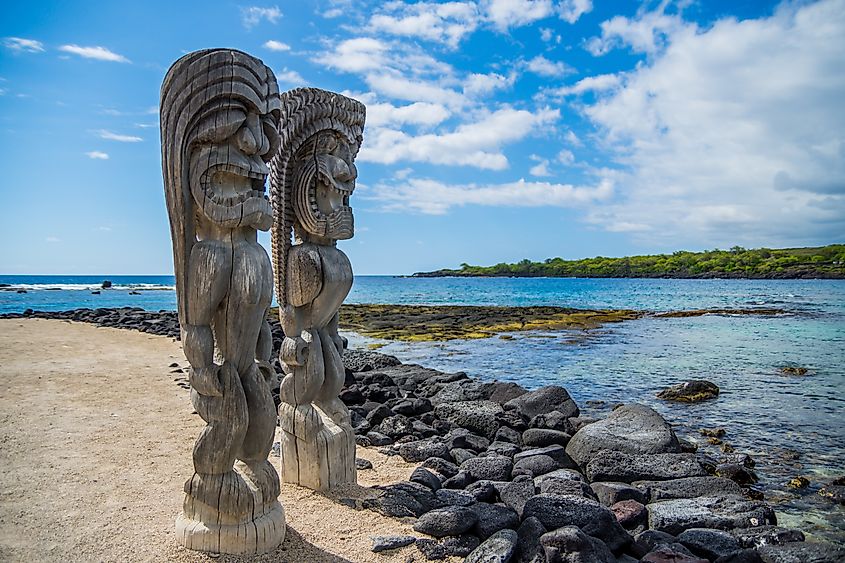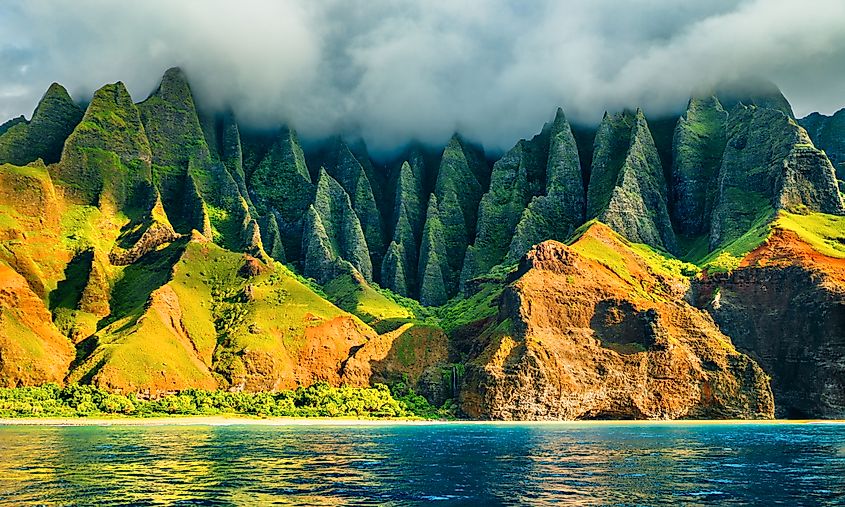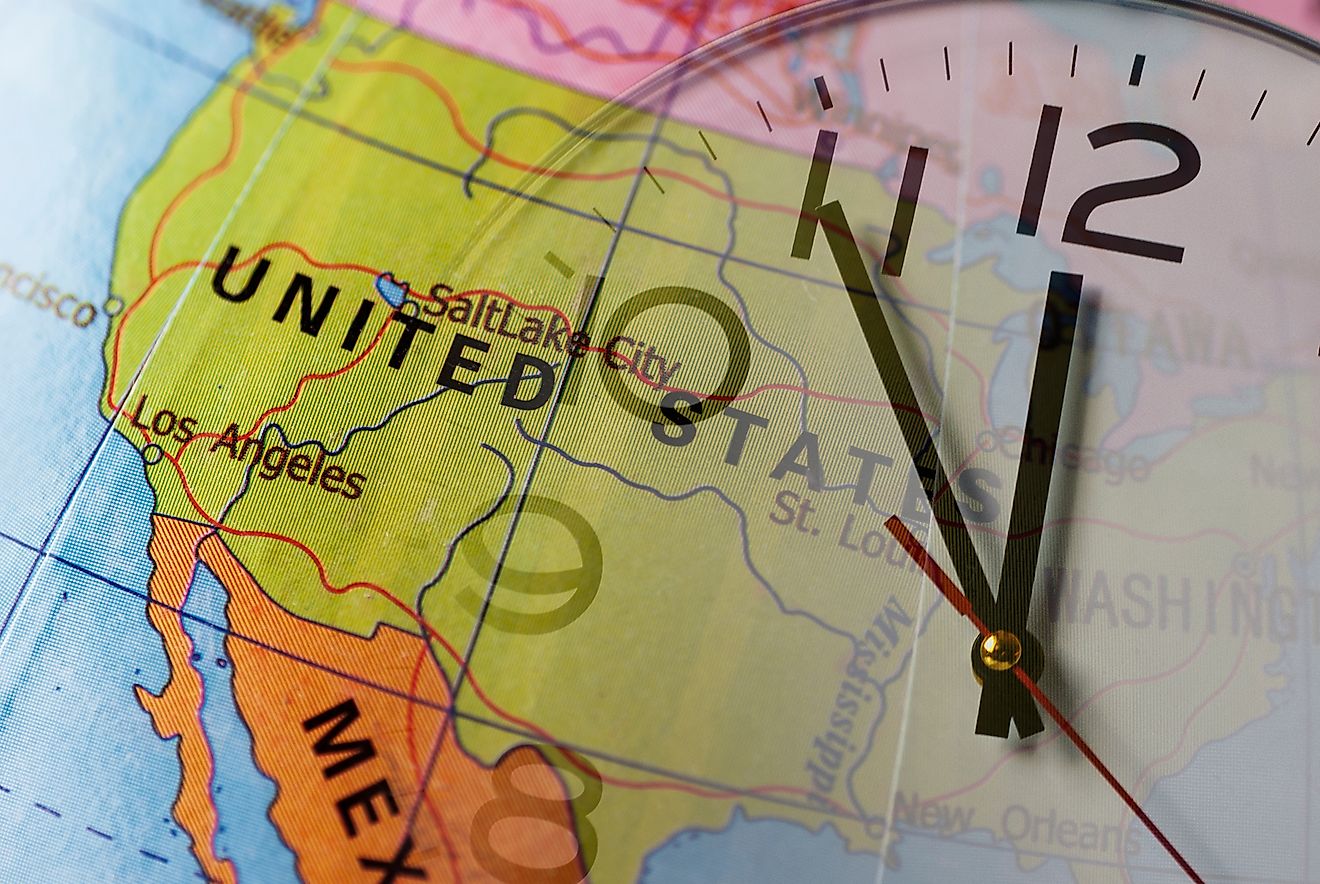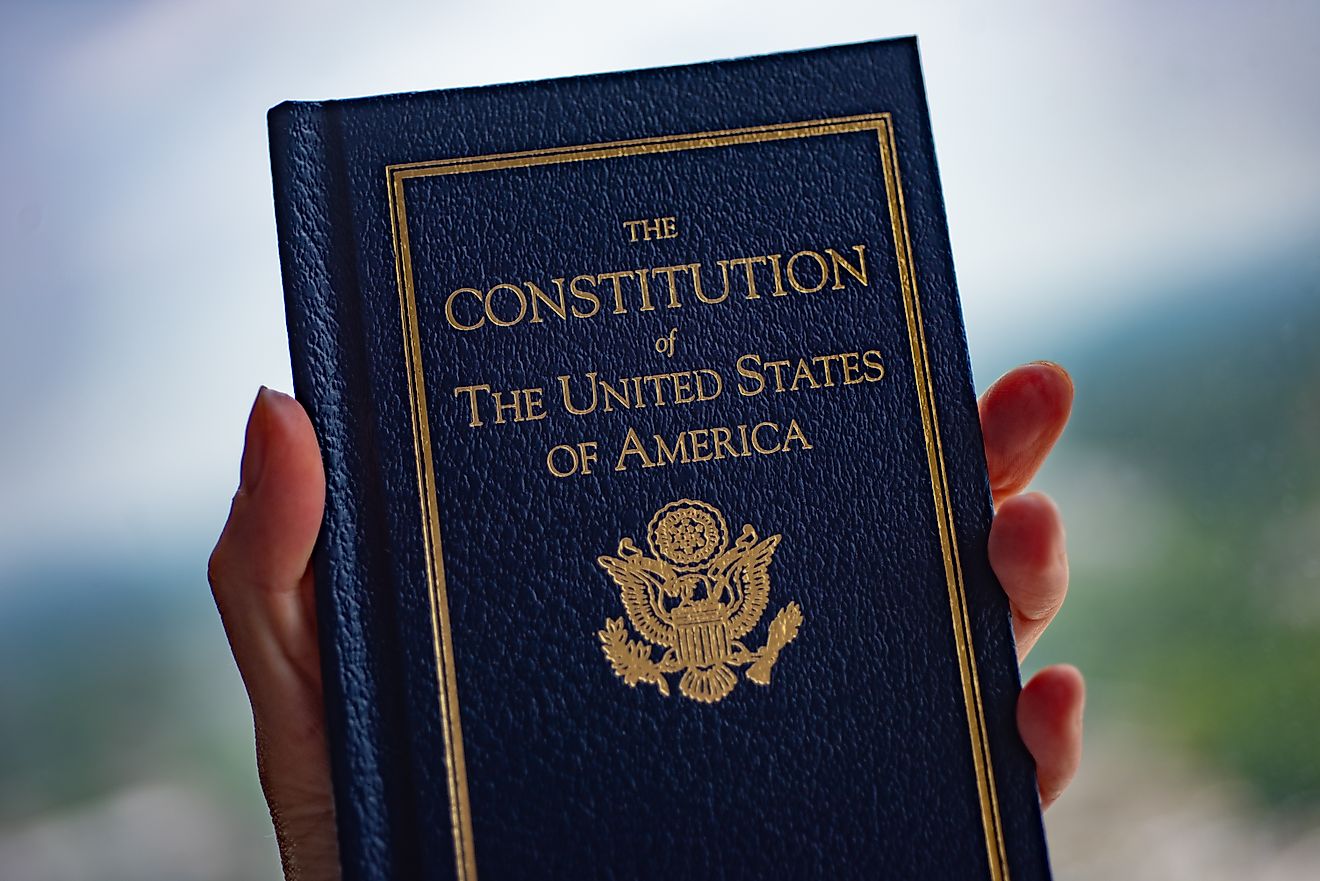
How Many Islands Are In Hawaii?
In the vast expanse of the Pacific Ocean, Hawaii stands as an archipelago composed of 137 islands. Among these, only eight are recognized as the main islands, with just seven suitable for human habitation. Dive into the specifics of Hawaii's island count, exploring the distribution and characteristics of its main islands and shedding light on the lesser-known islets dotting its azure waters.
The Main Hawaiian Islands

When considering Hawaii's islands, attention naturally turns to the eight main islands forming the archipelago. Each island possesses unique traits, from the volcanic terrain of the Big Island to the verdant scenery of Kauai. Tour of these notable destinations.
Hawaii (The Big Island)
As the largest and youngest of the Hawaiian islands, Hawaii, often referred to as the Big Island, is a testament to the raw power of volcanic activity. Its diverse terrain encompasses everything from tropical rainforests to barren lava fields, offering a glimpse into the dynamic forces shaping our planet.
Maui
Known as the Valley Isle, Maui's natural beauty lies in its pristine beaches, cascading waterfalls, and the iconic sunrise atop Haleakalā.
Oahu
Home to Hawaii's capital city of Honolulu and the world-famous Waikiki Beach, Oahu is a bustling hub of culture and commerce. Beyond the urban landscape, explore the lush landscapes of the Windward Coast and the historic sites of Pearl Harbor.
Kauai
Dubbed the Garden Isle, Kauai is a paradise of emerald valleys, cascading waterfalls, and dramatic cliffs. From the awe-inspiring beauty of the Na Pali Coast to the tranquility of Waimea Canyon, Kauai's natural splendor knows no bounds.
Molokai, Lanai, Niihau, and Kahoolawe
While less frequented by tourists, these islands each hold their own unique charm and significance. Molokai captivates with its untouched beauty and rich cultural heritage, while Lanai beckons with its secluded beaches and luxury resorts. Niihau remains a bastion of Hawaiian tradition, accessible only to a select few, while Kahoolawe serves as a poignant reminder of the islands' tumultuous history.
Additional Islands and Islets
Beyond the main islands, Hawaii is also home to smaller islands and islets, each contributing to the archipelago's rich tapestry. These lesser-known gems offer a glimpse into the diverse ecosystems that thrive in Hawaii's waters.
Historical and Cultural Significance

The historical and cultural significance ingrained in the Hawaiian Islands spans millennia, shaping the archipelago's identity. Polynesian voyagers and present-day indigenous communities have cultivated a rich tapestry of culture, revering the land and sea as living entities imbued with spiritual energy. Myth and legend intertwine with daily life, influencing customs and values passed down through generations. Hawaii's cultural landscape reflects centuries of interaction with peoples worldwide, fostering a vibrant melting pot of traditions. Today, the islands stand as a testament to resilience, where ancient customs thrive alongside modernity. Festivals like hula and traditional canoe races unite residents and visitors, celebrating Hawaii's diverse heritage with the spirit of aloha.
Geological Formation

The geological formation of the Hawaiian Islands is a testament to powerful forces beneath Earth's surface. These islands are volcanic, born from a hot spot beneath the Pacific Plate. As the plate moves over the hot spot, magma rises, forming volcanic eruptions that build layers of rock over time. Each island results from a series of volcanic eruptions, with older islands to the northwest and younger ones to the southeast. Hawaiian volcanoes are known for their shield shape, formed by the flow of low-viscosity lava. Additionally, there are more explosive formations like cinder cones and calderas. Active volcanoes like Kilauea and Mauna Loa continue to shape the landscape, adding new layers and expanding the landmass. Thus, Hawaii remains a dynamic landscape shaped by nature's relentless forces.
Conservation Efforts and Environmental Impact

Despite their remote location, the islands of Hawaii are not immune to the impacts of human activity. Habitat destruction, invasive species, and climate change exacerbate these challenges, endangering native flora and fauna and disrupting ecological balance. Fortunately, efforts are underway to preserve and protect Hawaii's natural heritage, from establishing marine reserves to implementing sustainable tourism practices. By prioritizing environmental conservation and sustainability, Hawaii can ensure its ecosystems' long-term health and future resilience.
Conclusion
The number of islands in Hawaii reveals a story rich in geological, cultural, and environmental significance. From the Big Island's imposing peaks to Niihau's remote shores, each island holds a tale of resilience, beauty, and cultural depth that captivates visitors worldwide. However, Hawaii faces environmental challenges such as habitat destruction, invasive species, and climate change. Yet, through conservation efforts and sustainable practices, there's hope for preserving the islands' unique ecosystems for future generations. As we continue to explore Hawaii's wonders, let's also acknowledge our duty to safeguard and treasure this island paradise for the benefit of those to come.







